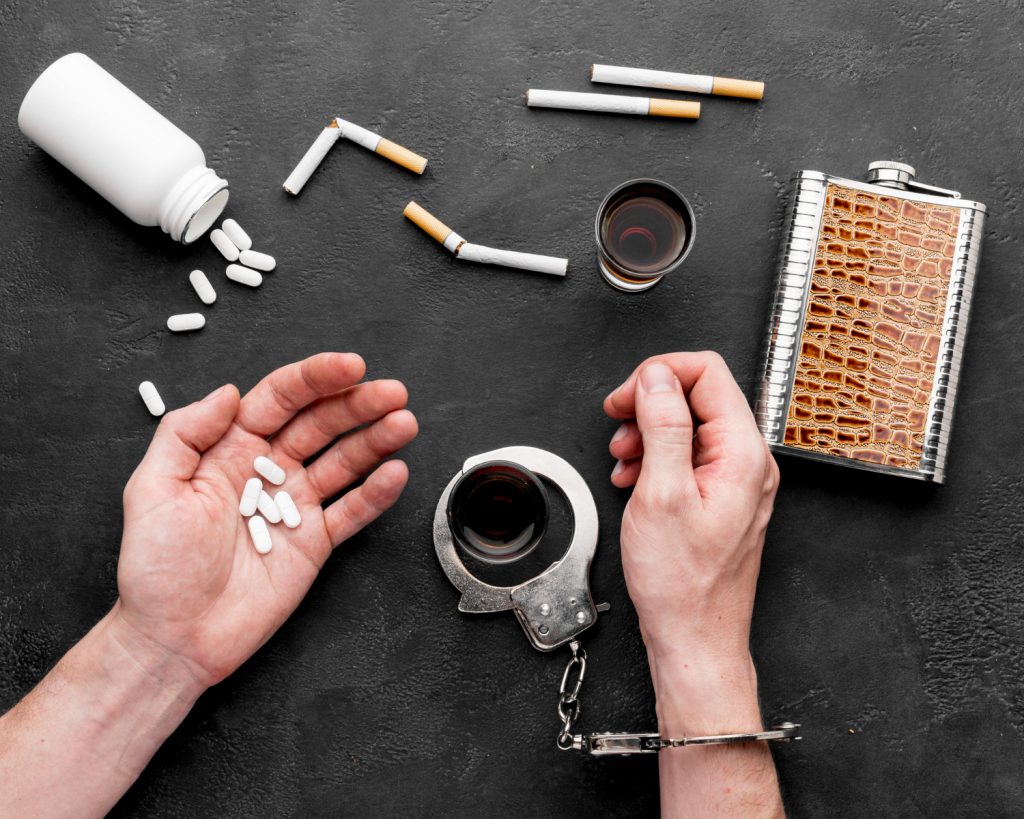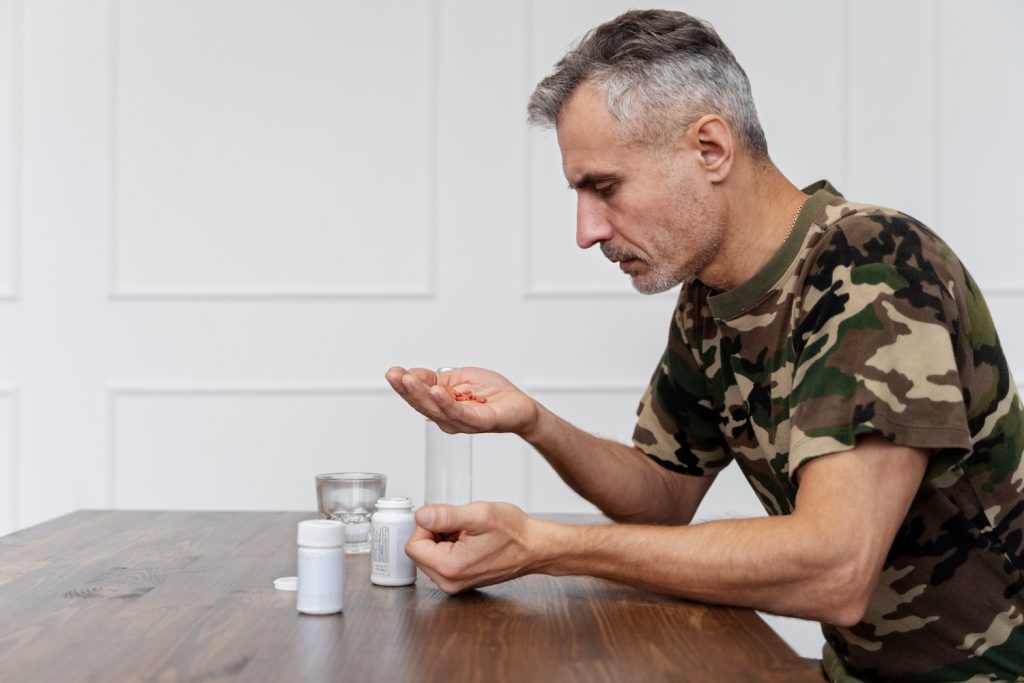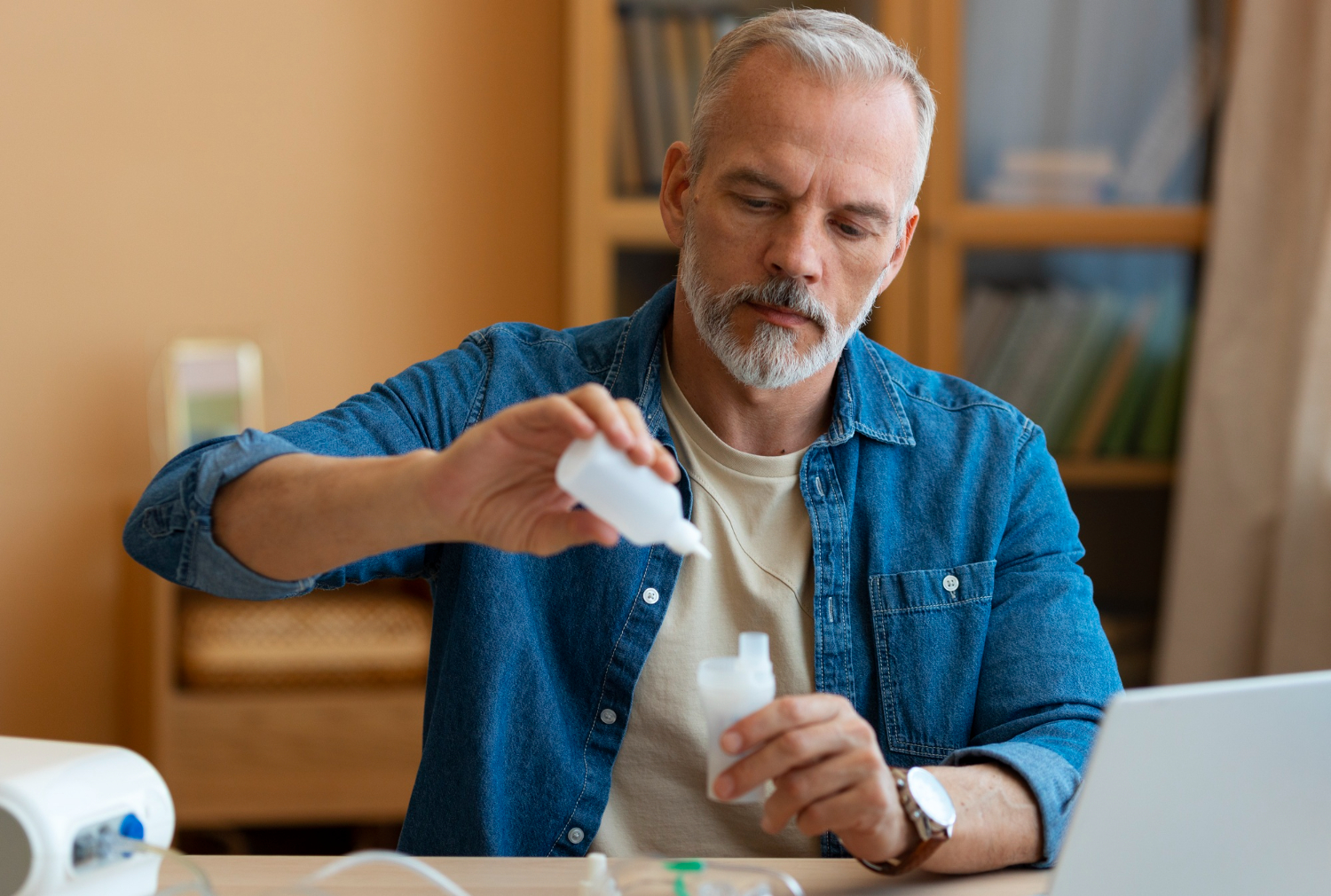Drug Abuse in Older Adults: Key Signs, Risks, and Prevention
Substance abuse in older adults is a growing issue in the USA. The National Institute of Drug Abuse (NIDA) has reported a rise in substance abuse in older patients who visit rehabs in San Diego as opposed to expectations of younger people suffering from substance abuse.
So, here we are to recognize signs of substance abuse in adults and the reason why they may turn into drug and substance abuse. Further, understanding the signs and solutions can help caregivers and healthcare providers support those in need.
Understanding Substance Abuse In Older Adults

Substance abuse is the misuse of substances that include alcohol, prescribed medication, and illegal drugs.
Older adults are often overlooked when it comes to issues that have to do with drug abuse. Usually, older adults are prone to chronic health conditions and mental health issues.
Research suggests that these conditions have indicated a rise in the abuse of the prescribed medication. The health conditions have also seen the aging baby boomers abuse prescribed medication.
Why Is Substance In Older Adults Such A Huge Struggle?

As people get older, they face challenges that might contribute to drug abuse. After having conversations with older adults, some reasons we observed about why they may misuse drugs include:
- Chronic Pain: Many older adults use prescription medications to manage chronic pain, which can lead to dependence and, in some cases, abuse.
- Mental Health Problems: Issues like depression, anxiety, and loneliness are common in later life and can increase the risk of substance abuse. Many older adults turn to substances like alcohol or prescription drugs to treat anxiety or mood disorders.
- Loss and Grief: Losing friends, family members, or even independence can lead older adults to turn to drugs or alcohol for relief.
- Social Isolation: Reduced mobility and social connections in later life can contribute to substance use as a way to cope with isolation.
The misuse of drugs and alcohol abuse impacts a person’s health, behavior, and well-being.
Common Signs Of Substance Use In Older Adults

Recognizing the signs of drug abuse in the elderly can be challenging. Their aging symptoms may overlap with your observation.
An example is their physical appearance and their general hygiene. Understanding these signs can make a big difference in identifying when help is needed. Some of the common signs may include:
1. Physical Appearance And Personal Hygiene Changes
One of the most noticeable signs of substance abuse in older adults is a decline in appearance or personal hygiene.
If an older adult appears unkempt or experiences significant weight loss, it may indicate a substance use disorder.
2. Changes In Sleeping Habits And Fatigue
Changes in sleeping patterns, such as excessive fatigue or insomnia, can be indicators of drug or alcohol abuse.
Abuse of drugs that are prescribed to them can also disrupt regular sleep cycles, leading to exhaustion.
3. Mood Swings And Irritability
Older adults dealing with substance abuse may experience mood swings or irritability. This could stem from dependence on medication or alcohol and may worsen over time, affecting personal relationships.
You might sometimes realize a lack of interest in everyday and simple conversations.
4. Memory Issues And Cognitive Decline
Misuse of substances, especially prescription drugs and alcohol, can accelerate cognitive decline.
Frequent forgetfulness, confusion, or difficulty concentrating may signal substance abuse in older adults.
5. Increased Alcohol Consumption And Prescribed Medication Misuse
If an older adult begins drinking more often or engages in regular drinking, it may be a sign of alcohol addiction.
The misuse of prescription medications is becoming a common issue among older adults. If you realize a frequent request for prescription refills sooner than needed, then you should watch for signs of addiction.
6. Social Withdrawal And Isolation
Abusing alcohol or drugs can lead to withdrawal from social activities, hobbies, and even family members. If an older adult is isolating themselves, this may be a sign of substance abuse.
7. Physical Health Issues
Illicit drugs, alcohol, and prescription drug abuse can lead to a range of physical health problems. Chronic pain, fatigue, digestive issues, and even frequent falls may result from substance use disorders.
Types of Substance Abuse Among Older Adults

Older adults may abuse various substances, including:
1. Prescribed Medication
Older adults often have prescribed medication for sleeping disorders, anxiety, and pain relief. Some of these drugs can cause drug dependence.
Opioid abuse, for example, has risen significantly. Older patients face a higher risk of opioid use disorder due to prolonged use.
2. Alcohol
Alcohol use disorder has become a common issue in older adults. Binge drinking can cause damage to the liver, contribute to cognitive decline, and other related health issues.
3. Illicit Drugs
While less common, some adults may use illegal drugs like marijuana and opioids. Illicit drugs can cause severe side effects when mixed with prescribed medication.
4. Over-the-counter Medications
Older adults can misuse over-the-counter medication such as painkillers, cough syrups, and sleeping aids. Misuse comes about by self-medicating without a proper prescription by a doctor.
5. Poly-Substance Abuse
This is the use of multiple substances simultaneously. That can include mixing alcohol with prescription drugs or using various medications that have an interacting effect.
This has become common in older adults. The risks of poly-substance abuse are high as they can lead to a potential overdose and increased side effects.
The Risks of Substance Abuse in Later Life, as Opposed to Other Age Groups

Substance abuse among older adults can be a higher risk compared to younger adults. This is because most older adults suffer from age-related health issues.
They are also known to take more prescribed medications compared to the younger age groups. Some of the risks associated with substance abuse among adults include:
1. Sensitivity to Substance Abuse
As human beings age, the body’s ability to process drugs and alcohol abuse decreases. That makes older adults prone to higher risks of overdose and adverse reactions compared to younger age groups.
2. Physical Disabilities
When a person is under the influence, they have an increased risk of getting a physical disability. They can fall, get fractures, or experience other injuries. They can also make their physical disability worse if they are already experiencing them.
3. Mental Health Complication
Drug addiction and substance use disorders in later life can cause negative health consequences. That includes mood disorders, anxiety, and depression.
4. Cognitive Impairment
Older adults who suffer from substance abuse disorder and alcohol use disorders are at a heightened risk of cognitive decline. The National Institute of Drug Abuse has reported higher cases of dementia among older adults and a faster cognitive decline.
Older adults may experience some of these effects or all of them. It’s important to be keen enough to observe the side effects they are suffering from and offer proper support.
Preventing Substance Abuse In Older Adults

Prevention of substance abuse in older adults requires a proactive approach. Some of the strategies to use in substance abuse treatment include:
1. Education and Awareness
It’s important to educate older adults about the effects of alcoholism and drug dependence. You can also share materials about the same for the adults that are able to read.
2. Monitoring Prescription Medication
As a caregiver or person of contact, you should encourage older adults to get regular check-ups with primary care physicians to ensure their medication is used correctly.
A medic can also help to identify any risks of dependency.
3. Social Engagement
Encouraging social engagement can reduce the feeling of loneliness. Socialization can include joining group therapy, attending regular gatherings, and participating in intergenerational programs.
A fulfilling social life will help older adults maintain their emotional and mental well-being, reducing the risk of depression and loneliness. These two factors lead to substance abuse among older adults.
4. Family Involvement
Family members should be able to monitor older adult’s alcohol consumption, use of prescribed medication, and overall health. Monitoring older adults closely will help identify early signs of substance abuse.
To prevent substance abuse in older adults, we need to watch for warning signs, support their mental well-being, and keep them active. Older adults can also benefit from the Substance Abuse and Mental Health Services Administration(SAMHSA).
What Are The Substance Abuse And Mental Health Services Administration (SAMHSA) And Other Mental Health Resources?

This is an agency within the Department of Health and Human Services that oversees mental wellness and treating substance abuse through programs nationwide. Some of the ways adults in the older age group can benefit from it include:
1. Access Treatment and Recovery
The SAMHSA funds projects that provide specialized psychological health and substance abuse services for older adults, which help them access age-sensitive care.
2. Education and Awareness
The agency offers resources that raise awareness about cognitive health and substance use in older adults.
The people suffering from addiction and their caregivers are able to access information through publications, online tools, and workshops on how to recognize signs of mental wellness issues and find support.
3. Crisis Helpline
Older adults and caregivers can use the helpline provided to receive immediate help if there is a crisis.
4. Community-Based Programs
These are mainly beneficial to seniors who face mobility issues. They can get in-home or community-based services that address their mental well-being where they live.
Recognizing Illicit Substance Use In Older Adults Is the Key To Prevention
Supporting older adults in avoiding substance abuse is really about being there for them. When we listen, stay involved, and offer a helping hand, it shows we care about their well-being.
We can start by doing simple things like checking up on them, making sure they don’t have too many prescription drugs, and connecting with them over conversations.
This is the simplest way to study the patterns of older adults abusing substances and behavioral change, enabling you to give the much-needed support in the early stages.
Read More:
- How Can You Afford Drug Rehab Cost?
- How Drugs And Alcohol Affect Your Physical Appearance?
- What Impact Drug Abuse Can Have On Your Hair? – And How To Get It Shining Again



